Many companies have started searching for self-organisation. That ideal or nirvana where teams can figure out how to work together effectively with limited or little direction to solve problems.
Many, including some of my colleagues, believe that this search for self-organisation is ultimately fruitless. While many of our customers don’t initially believe in its existence because they have never seen it my colleagues think it impossible because they see company after company fail to achieve it. This is mostly as companies that call use are not ding so because they are awesome but instead because they see that they have some problem that needs looking into. These companies, while realising the need to change, tend to have an organisational structure and culture that presents an anti-pattern for self organising teams to ever exist. Oh, you will occasionally find small pockets of self-organisation within an organisation but if anyone tries to roll this dynamic out, it is ultimately demonstrated as unworkable due to those anti-patterns and those required traits and patterns are then ground out of people.
Realism dictates that we need to move slowly towards self-organisation in a way that will build up the self esteem of teams and create an environment for them to thrive. But the organisation also needs to have courage and conviction in order to realise it as the path to agility is a bumpy one and long, depending on how traditional they are to begin with.
Why self-organisation at all?
If we don’t have self-organisation then don’t we have our least skilled and appropriate individuals (project managers) determining how, when and were any work should be completed. Should we not have the knowledgeable and skilled professionals that we hired to do the job of developing the product decide on the how, when and where?
If we don’t have self-organisation then how can we hope to hold the Development Team accountable for delivering the work? They can always blame the organiser!
If we don’t have self-organisation then how do we know how much time should we spend on training of new individuals? Do we guess at their current skills or evaluate them with standardised tests that have done so well for our school system? Or should we not rely on their peers to make sure that each team member has the skills and knowledge required to help the Development Team deliver…
Without self-organisation how do we effectively encourage individuals to work as a team and be responsible for the results?
Encouraging self-organisation
There are many thing that can impact your ability to get to self-organising teams. Here are a few items to ponder:
- Team Accountability – Moving from Individual accountability for tasks, to collective accountability can improve both the team dynamics and the management of those teams. Peer-pressure within teams and a clear but slight pleasure to deliver can reduce any concerns around collective under performance.
- Team Identity – Although related to accountability, organisations wants to aspire to achieve high-performing teams which is impossible without a team identity. This identity is the same ideal that sports teams strive for and results in a camaraderie that is part of any high-achieving team. Team should be expected to move through Tuckman’s stages of group development (Forming | Storming | Norming | Performing).
- Small Teams – Creating dedicated teams of 6+-3 people will allow you to manage the complexity of the work and the people more effectively. A team should work from a single ordered backlog so that they get good at working together, understanding the backlog, and delivering. You may need multiple teams to work through the backlog at a rate that is acceptable to the customer but you should see significantly better results with many small teams than fewer large teams.
- Consistent Teams – If you are forever inter-changing team member then you will be forever re-forming and never even enter storming let alone getting to performing. If you cant get to performing then high-performing is totally out of reach. Stop thinking in individual allocation to projects and start thinking about team allocation to projects. This will also help reduce your management overhead and improve your communication by removing layers between the customer and the team.
Remember that the biggest killer of self-organising teams is a manager who just needs to make sure…
Conclusion
Without self-organisation, no matter how much we try, all we can ever have is a glorified collection on individuals that think and operate as individuals. Just like with sports teams we want to have those individuals identify as a team, to work together as a team and function as a team. The only way to achieve this is to have them be a team. You would not want the coach to swap out players on football game for every match? How effective would that be? So don’t do it to your teams…
If you get really good at self-organising teams you may find your organisations formula to high-performing teams…
